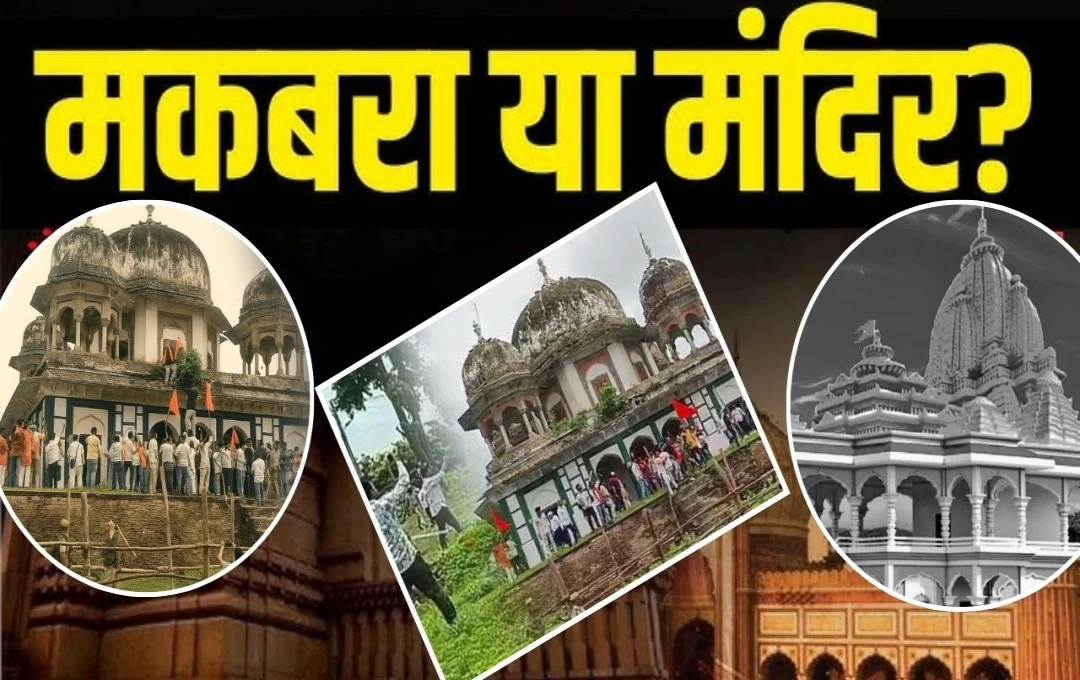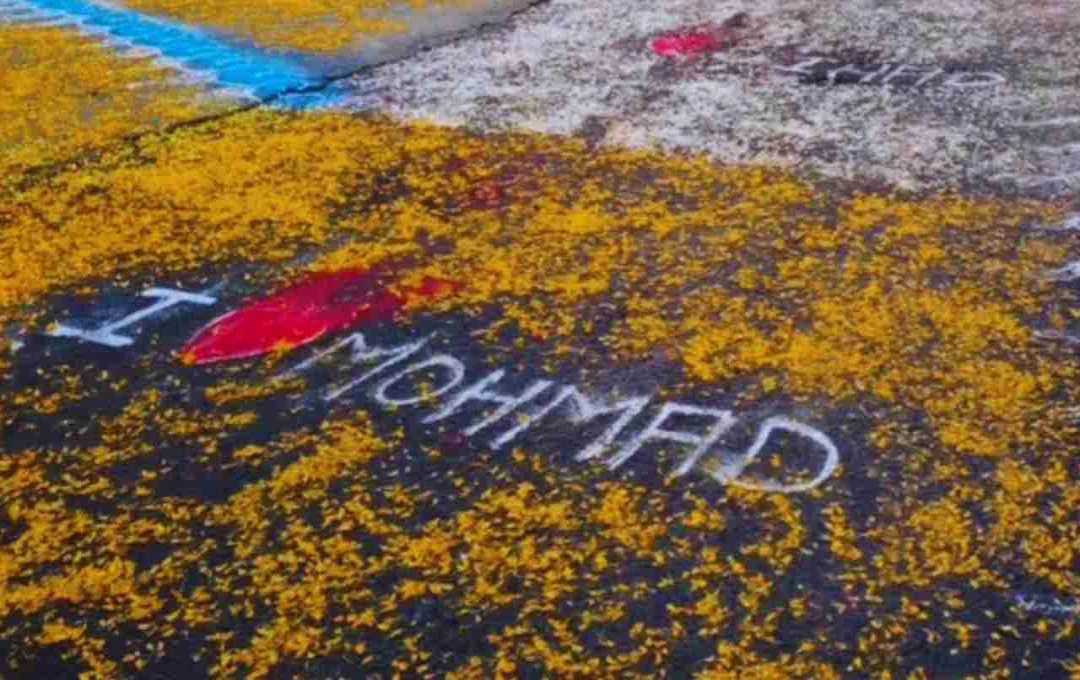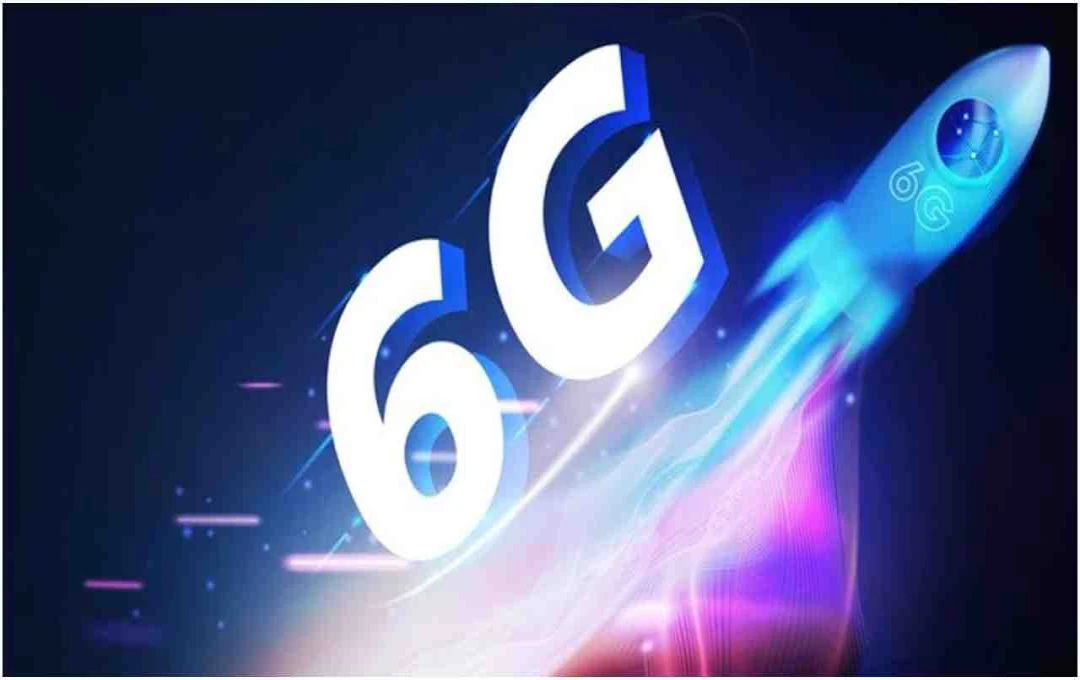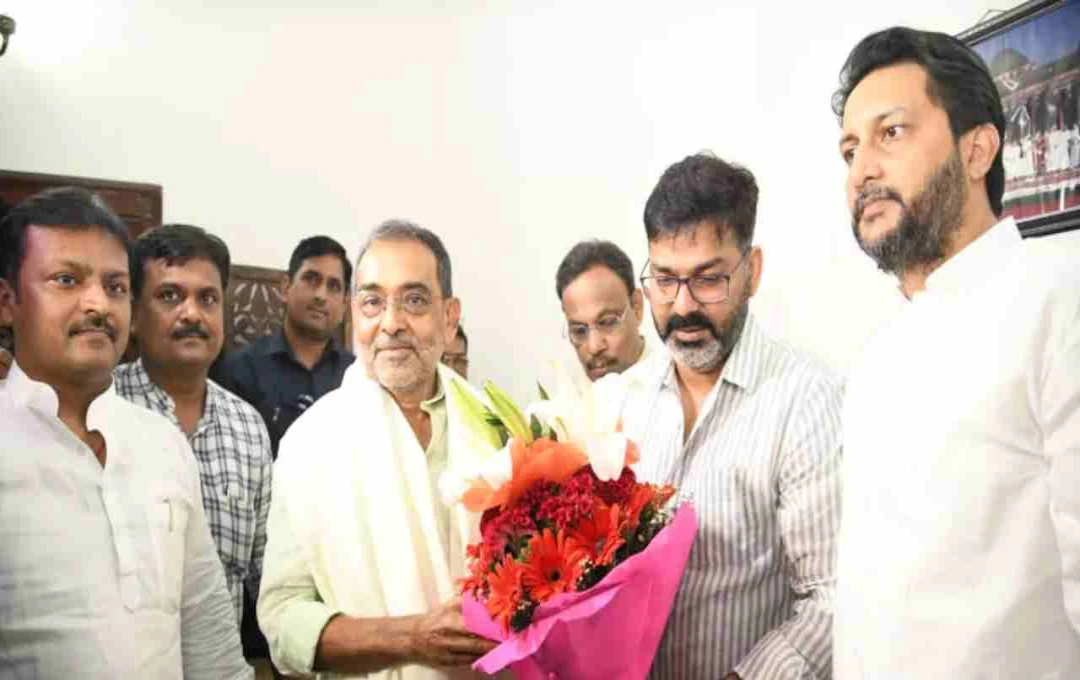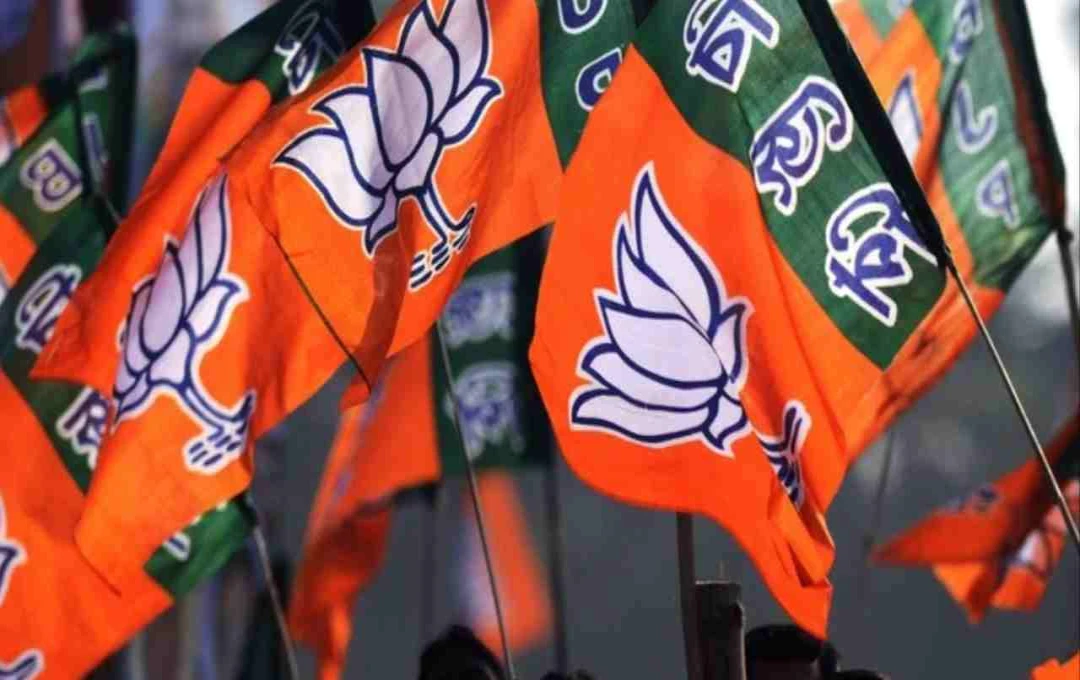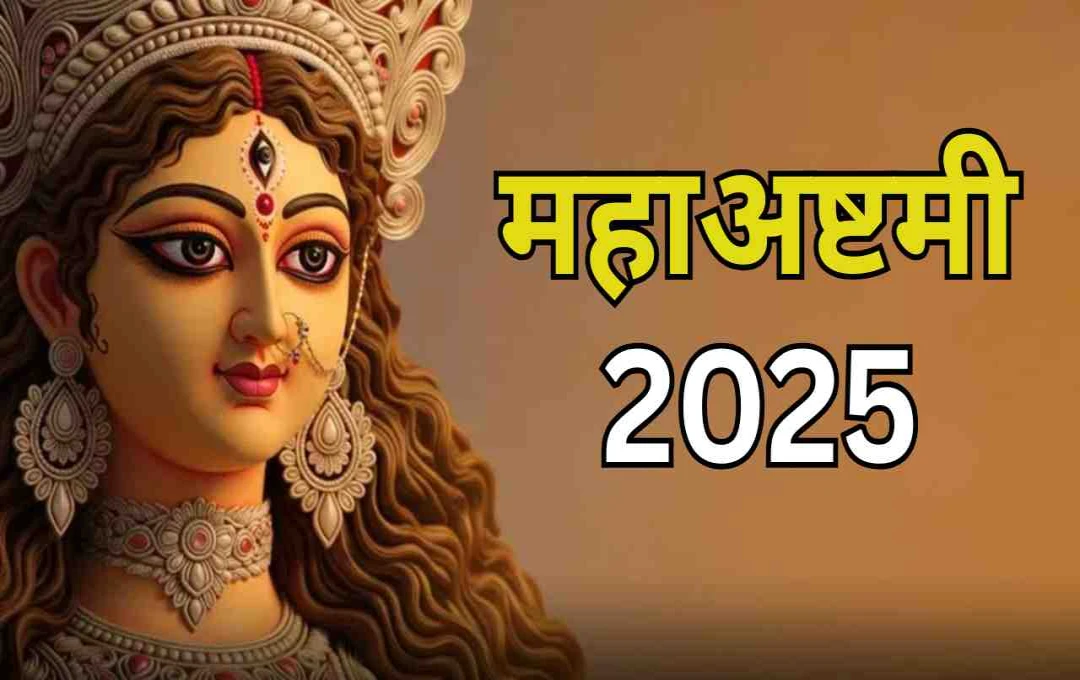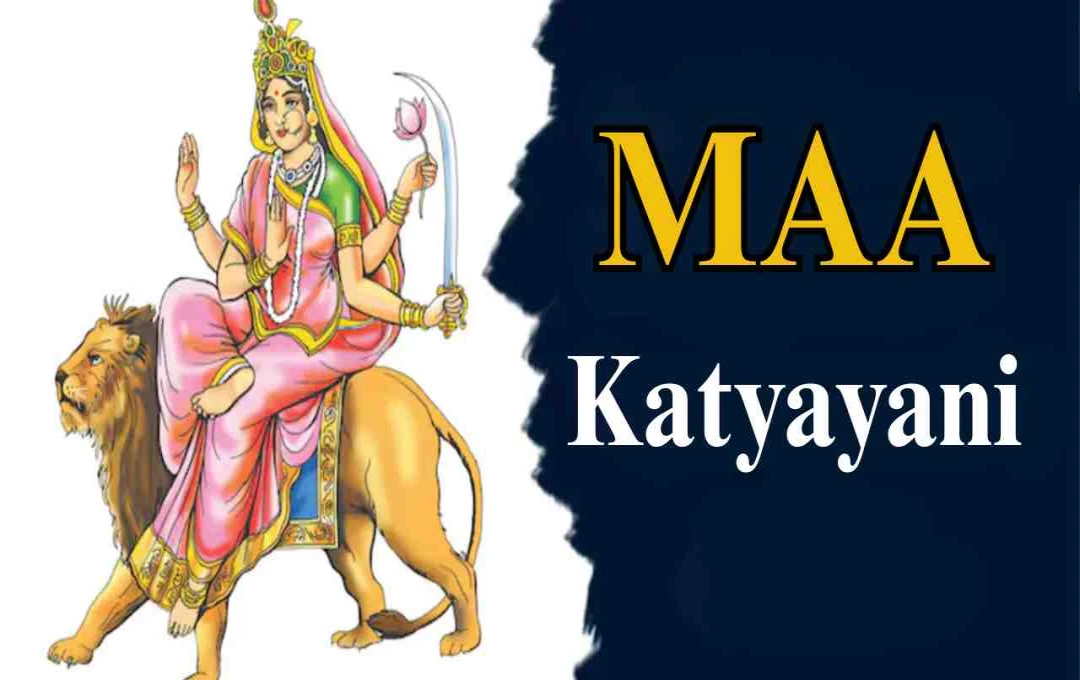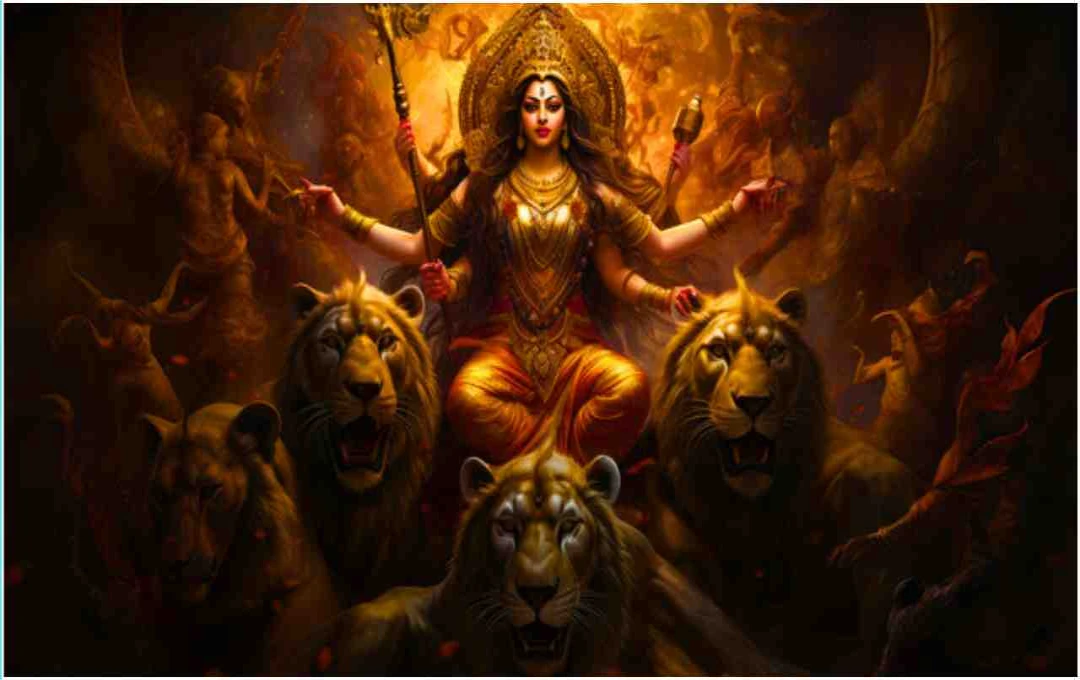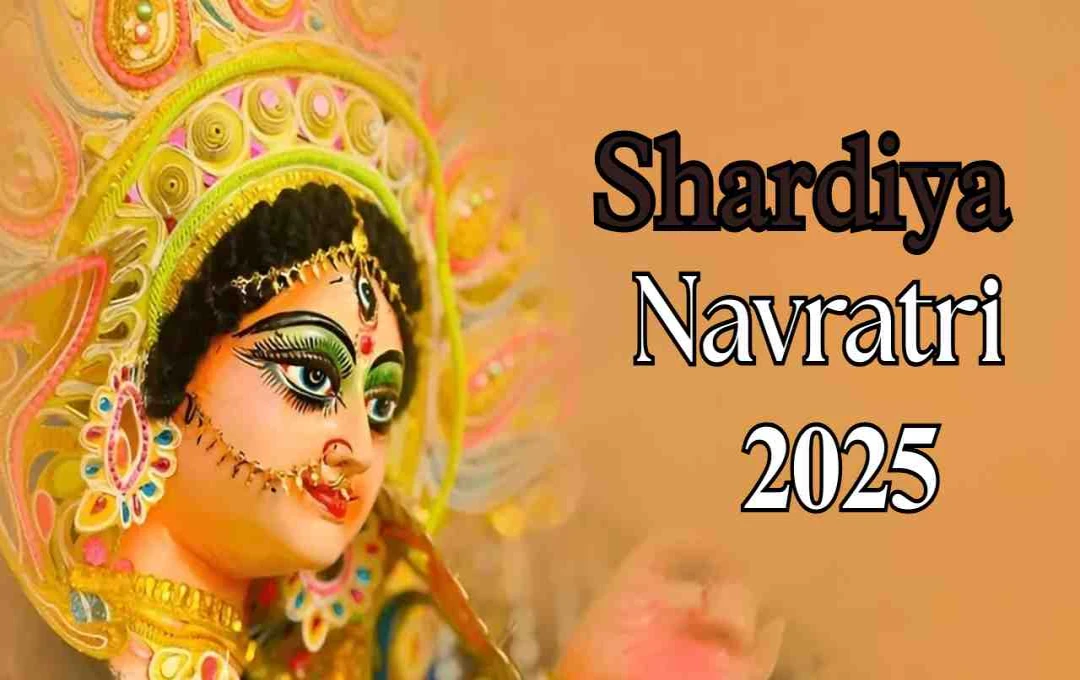A disputed situation has arisen in Fatehpur regarding a religious site. The point of contention is a site that the Muslim community considers a tomb (maqbara) and the Hindu community believes to be Thakur Ji's temple.
Fatehpur Controversy: Controversial images have emerged from Fatehpur regarding a tomb. During the incident, some people entered the tomb with a saffron flag and vandalized it. Reports of stone-pelting also surfaced, which the police controlled with mild force. Currently, peace has been restored at the site, but this incident has raised many questions.
On this dispute, the Muslim side's lawyer says that the disputed site is a tomb, which is mentioned in the 1881 Imperial Gazetteer of India. On the other hand, the Hindu side's lawyer says that it is not a tomb but Thakur Ji's temple. Disagreement continues between both sides regarding the matter.
Claim of the Muslim Side
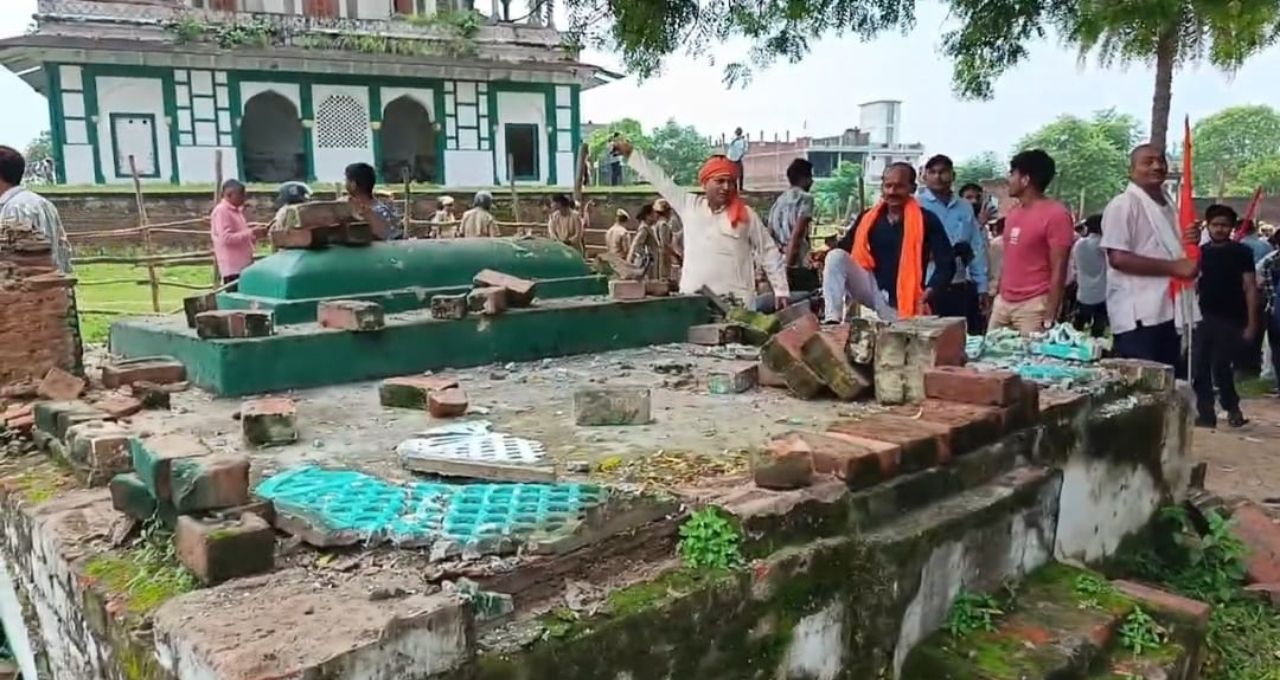
Advocate Mohammad Asif, representing the Muslim side, clarified that the disputed site is a tomb. He said that the site is approximately three hundred years old and is known as "Mangi Maqbara" or "Sangi Maqbara," which means a stone tomb. Mohammad Asif stated that the graves of Abdul Samad Khan (1699) and his son Abu Mohammad (1704) are present at this site. In addition, the graves of other caretakers are also located here.
He also said that the Imperial Gazetteer of India, 1881, Volume 12, page 83, and the texts of Fatehpur historians clearly mention this site. Furthermore, in 1906, the author H. R. Nevill also mentioned it on pages 199 and 200. The Muslim side argues that based on documentary records and historical references, this site is indeed a tomb, and it is religiously significant for them.
Claim of the Hindu Side
On the other hand, the Hindu side says that this site is not a tomb but Thakur Ji's temple. According to the Hindu community, the land number was 1159, which previously belonged to the land ownership of Girdhari Lal and Rai Ishwar Sahay. The Hindu side stated that a partition took place in 1927, and the property was divided by the SDM court in 1928. According to the land records, a portion of number 1159 was recorded in the account of Satish Chandra, and a portion of numbers 752-753 was recorded in the account of Rai Ishwar Sahay. There was previously a dense garden and a Shiva temple on this land.
Over time, the Hindu side claims that this property was converted into Waqf property, and the Waqf Board took it under its control. The Muslim community considered it their religious site and started worshiping there. The Hindu side says that this site was their ancestral property, and a Shiva temple existed here previously.
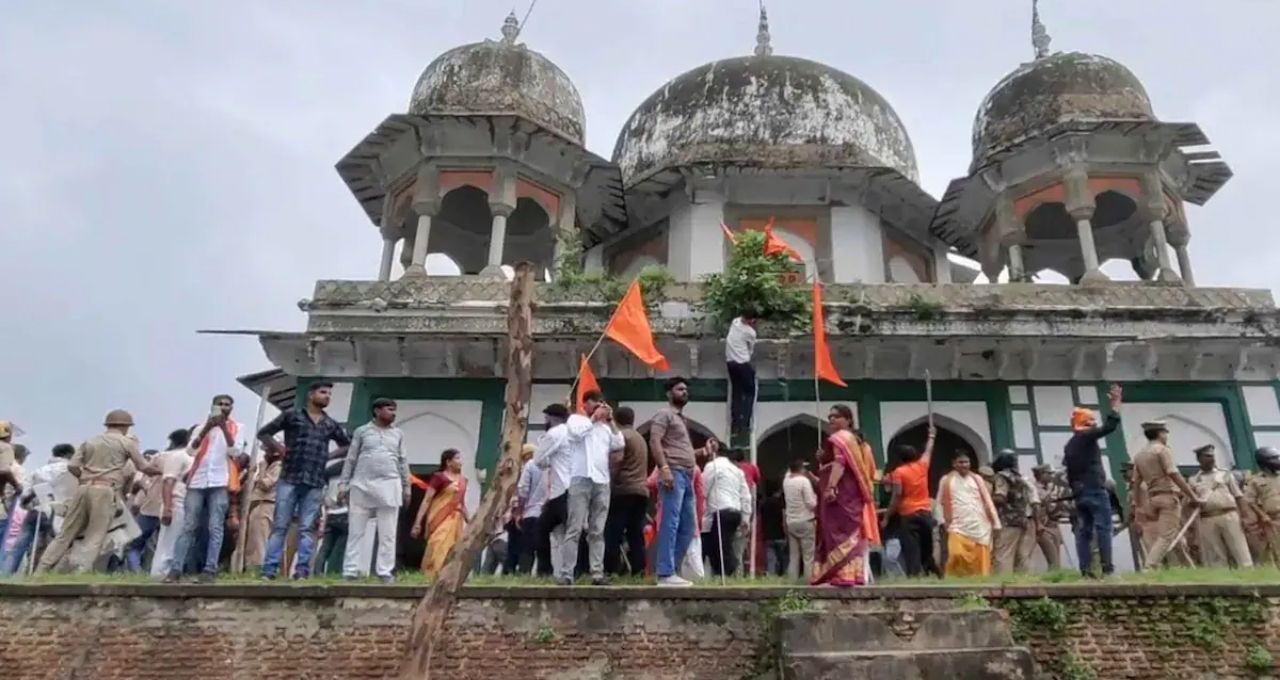
Statements of Lawyers from Both Sides
Lawyer for the Muslim side: The disputed site is a historical tomb. It is mentioned in the 1881 Imperial Gazetteer and other historical texts. The graves of Abdul Samad Khan and his family are present here. This site is part of our religious heritage. Lawyer for the Hindu side: That site was Thakur Ji's temple. According to land records and partition records, this was Hindu property. Over time, it was brought under the Waqf Board, but its true history is connected to the Hindu community.
During the dispute, some people entered the site with a saffron flag and vandalized it. After that, stone-pelting occurred, which the police controlled. Although peace has now been restored, this dispute remains a matter of concern for religious harmony and social stability.
